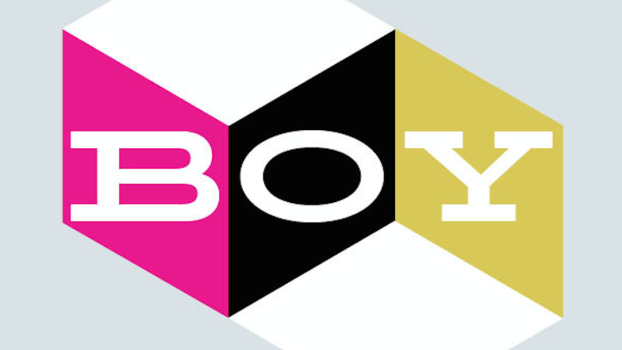
By Will Novosedlik
Back in 2018, McDonald’s decided to commemorate International Women’s Day by turning its golden arches logo upside down – the “M” became a “W,” for “women.”
The backlash was immediate, with people pointing to everything from sexual harassment complaints the company has faced to low wages that have perpetuated inequality. The stunt became a near-instant example of hollow cause-related advertising from brands, with some even coining the term “McFeminism.”
If a brand wants to tell the world they are doing good, it all comes down to walking the talk.
Helping companies move from words to actions is what Beyond Advisers does. The social impact consultancy claims to assist “leaders of non-profits, businesses, and social enterprises design, build, and grow the world’s leading social impact organizations and initiatives.”
Notice how the statement does not use the term CSR, but instead is focused on social impact. Is there a difference? “CSR is using profits from the business to do good,” explains Beyond Advisers founder and CEO Scott Curran. “Social impact is doing good while generating a profit.”
But there is a bit of overlap there. CSR is when a company allocates a part of its profits to a social cause of some kind. He sees it as little more than a marketing tactic. Social impact companies actually bake it into their business model. In other words, CSR is an attempt to do good after a company succeeds, whereas social impact is something companies do in order to succeed.
If you talk to someone like Bob Hoffman, who bills himself as the Ad Contrarian, he’ll say your job as a marketer is just to sell stuff. “Nobody gives a shit about your philosophy,” he remarks in a recent newsletter post. “Brand purpose is the first hiding place of bad marketers.”
While we appreciate Hoffman’s candour, he may be out of step with the facts on the ground. A 2020 study by Kantar Consulting found, among other things, that brands with a high sense of purpose had experienced a brand valuation increase of 175% over the previous 12 years compared to 86% for medium positive impact and 70% for low positive impact. Surveying 20,000 customers and interviewing 100 leading brands, it also found that while 76% of marketing leaders believe their organisation has a defined purpose, only one in ten actually have a corporate purpose statement backed by a meaningful activation plan. That’s where Curran steps in.
“People support causes and businesses that support their own beliefs, world views, and the change they wish to see in the world,” says Curran. A lawyer by trade, he cut his CSR and social impact teeth at the Clinton Foundation, where, as one of its senior leaders, he helped build it into one of the fastest- growing non-profits in modern history. He used that experience to launch his social impact practice 8 years ago. Clients include MetLife, MIT Media Lab, Starbucks, the United Nations and Chobani’s Tent Foundation.
He points to companies like Chobani, now a top Greek yogurt brand in the U.S., as an example of an organization that gets social impact right. “Every day since he started,” Curran says, “CEO and founder Hamdi Ulukaya has run his outfit with a social impact focus that is diverse, wide ranging and complete throughout every aspect of the business, from supply chain to processing to hiring.”
But how do you take a company from CSR to social impact? We asked Curran what he would do with, say, an RBC, which is under intense pressure by environmental activists to de-invest in oil and gas. You can go to its CSR web page and see photos of RBC employees cleaning up parks and beaches while in the news and its annual reports, RBC is the number financier of fossil fuel projects in the world.
“This is a classic case of CSR as a marketing tactic. It’s great that your employees are out there doing these things, and I applaud that, but when it comes to impact, the business model says otherwise.”
When asked how he would pitch them, he has an aphorism: “Start from where you are and get caught trying.” In other words, acknowledge you are in a hole, create a plan and make sure the world sees you trying to climb out of it.
How do you market that activity without sounding like you’re marketing? “Impact storytelling,” asserts Curran. “The narrative arc is, ‘Here’s where we started, here’s where we are and here’s where we’re going.’ And then you’ve got to make it real and make it measurable.”
And to the shareholder-centric skeptics, Curran points to the Kantar data that indicates you shouldn’t worry, social impact will make you money. It will help you grow your business.























